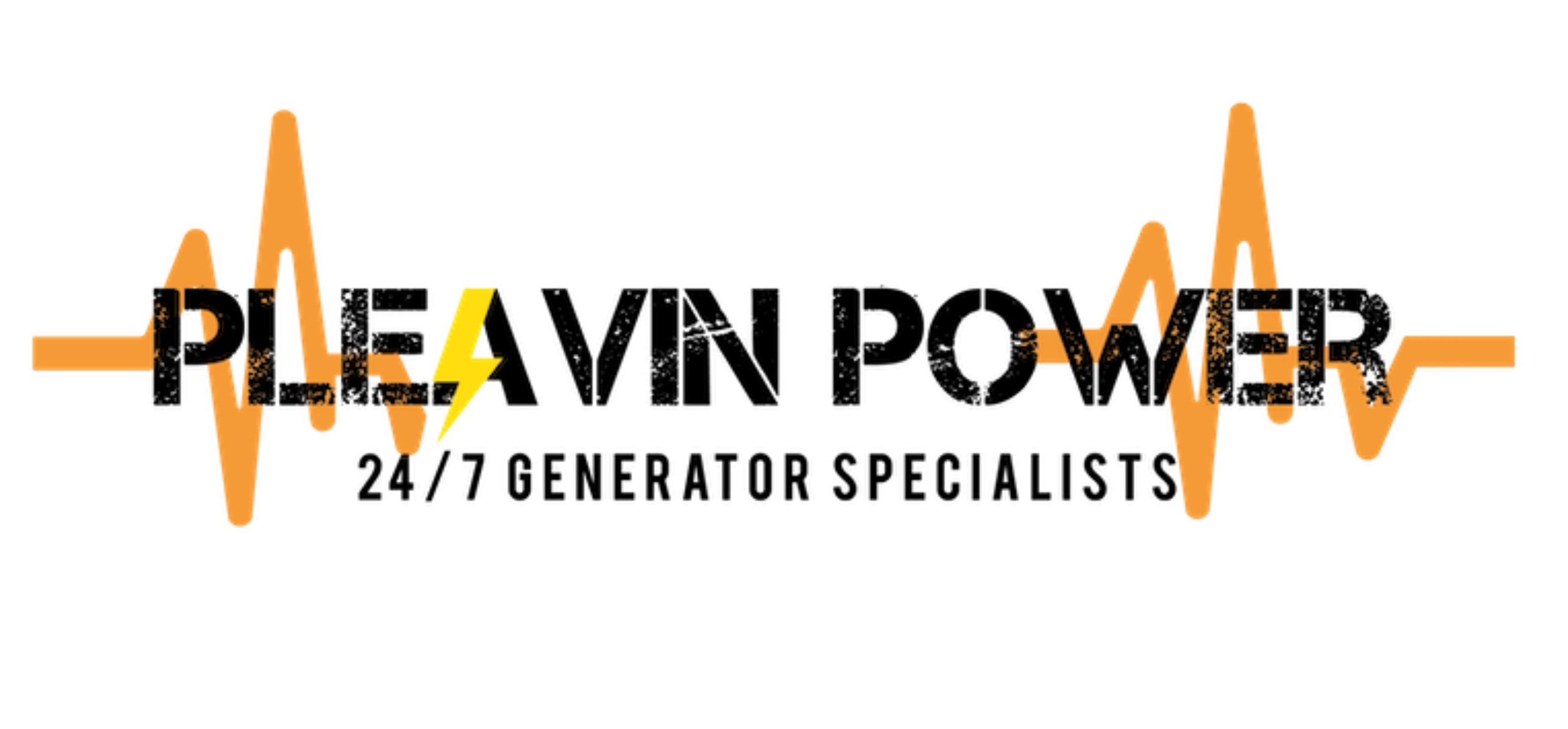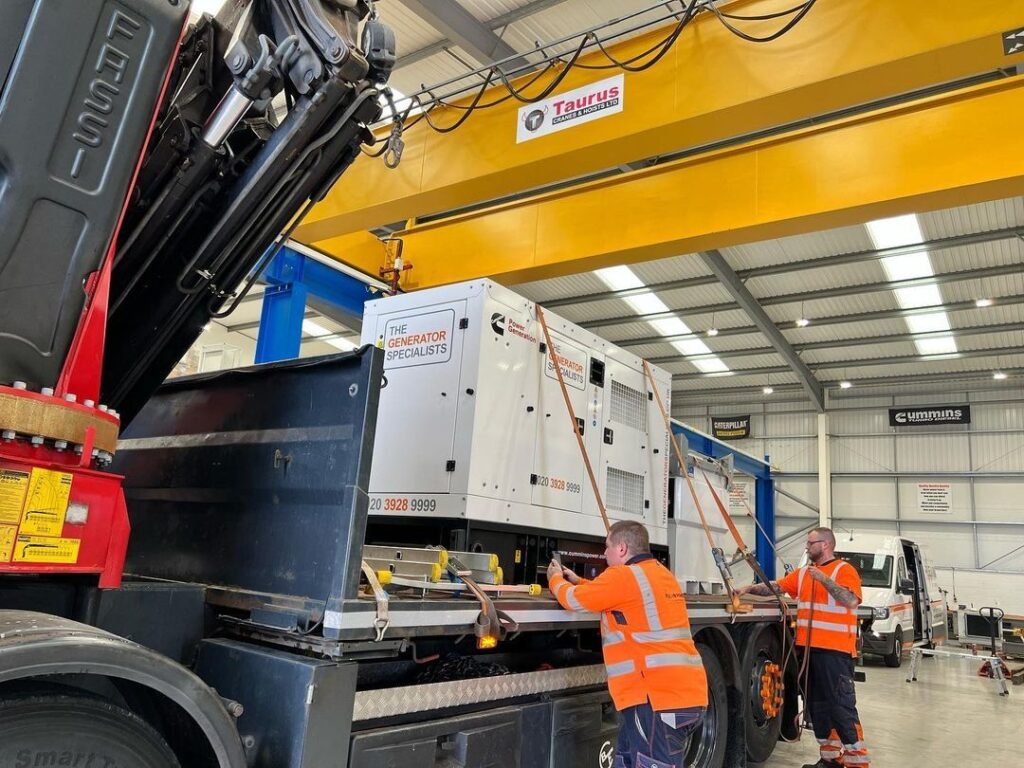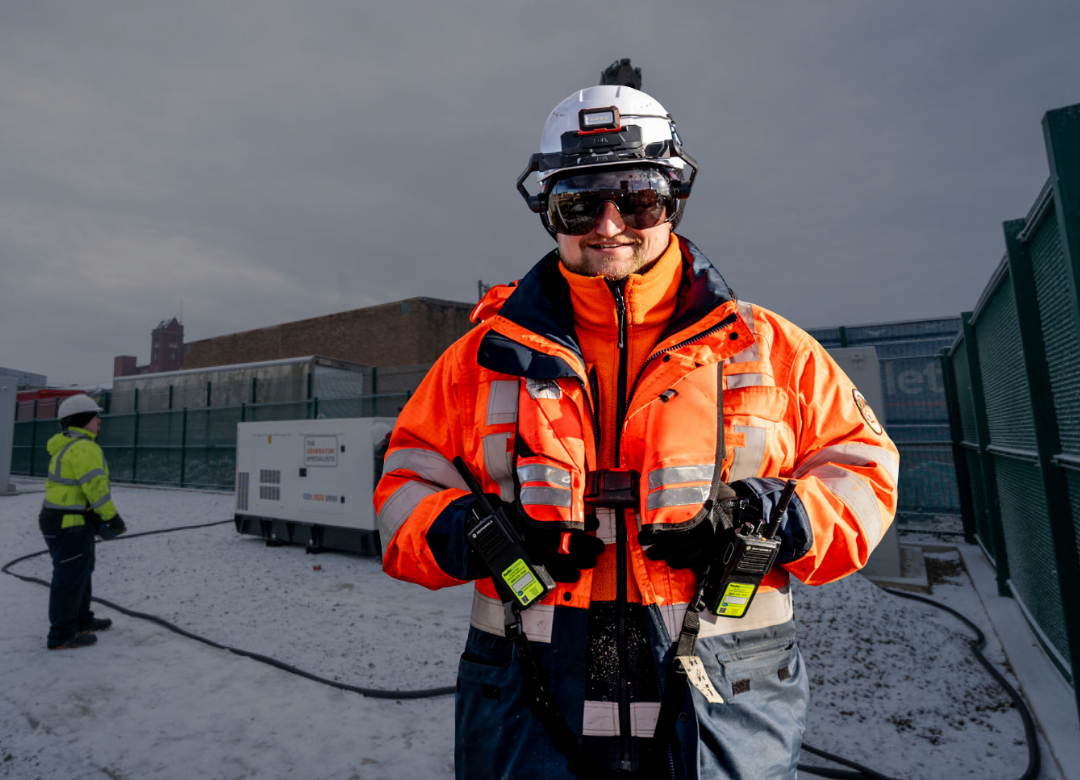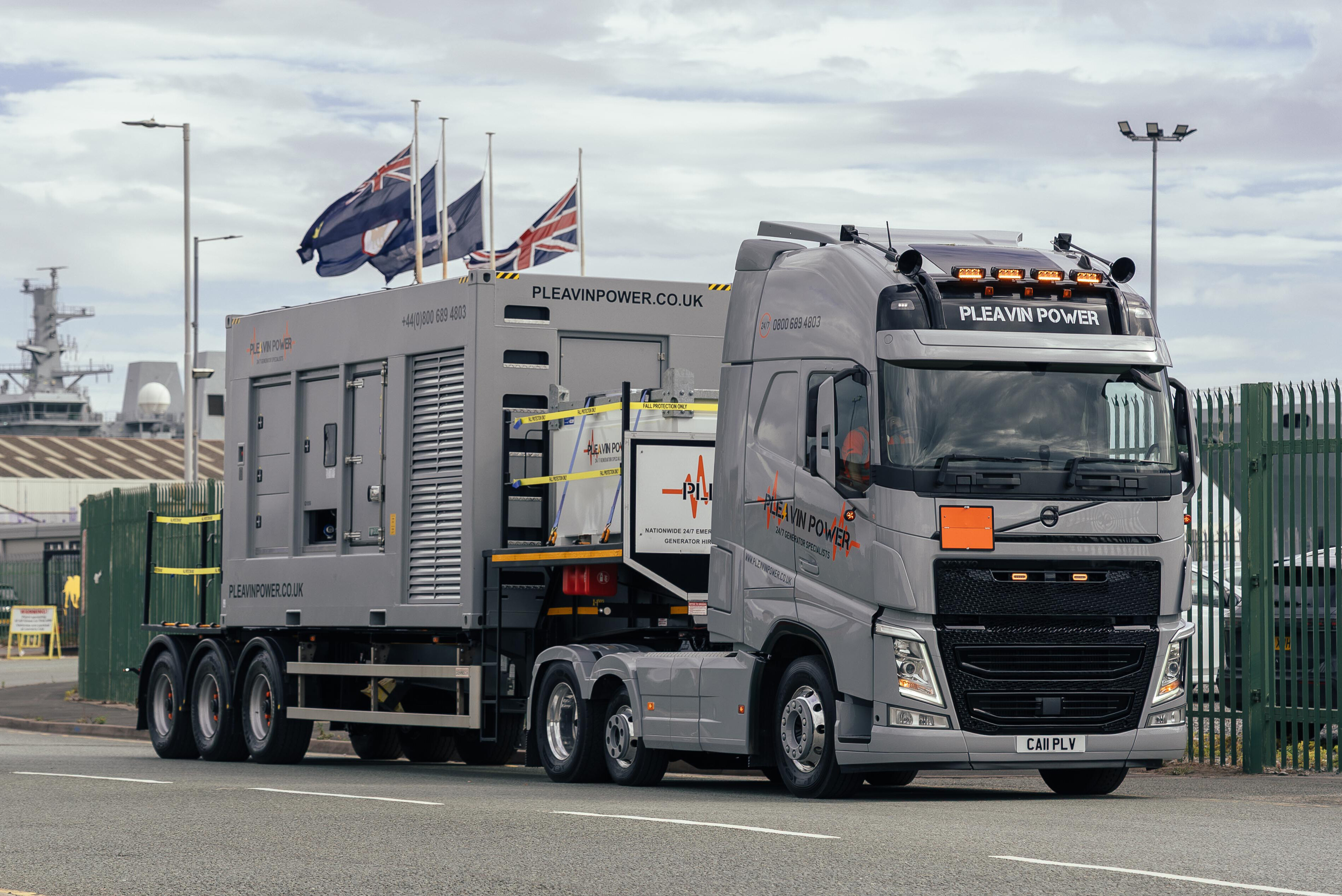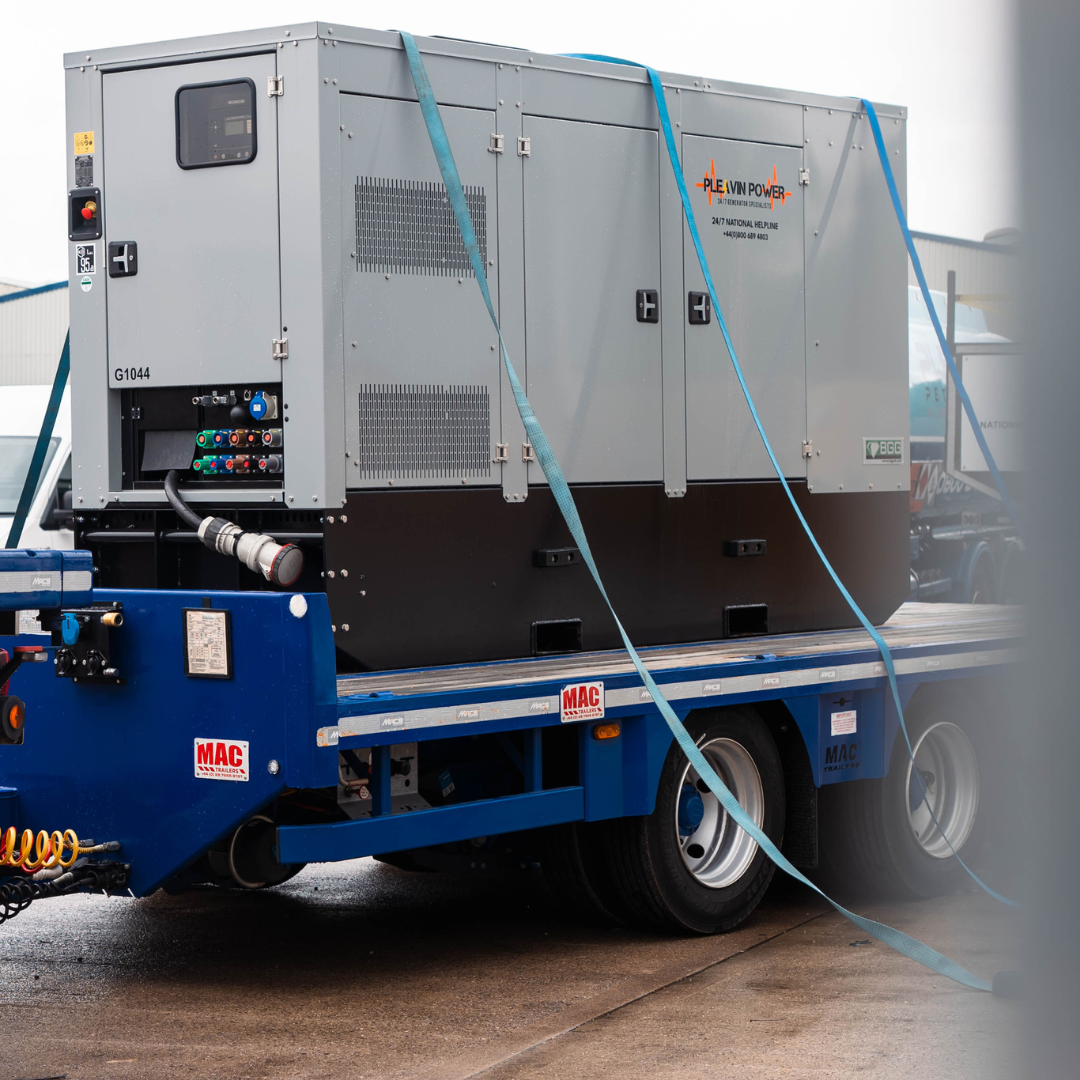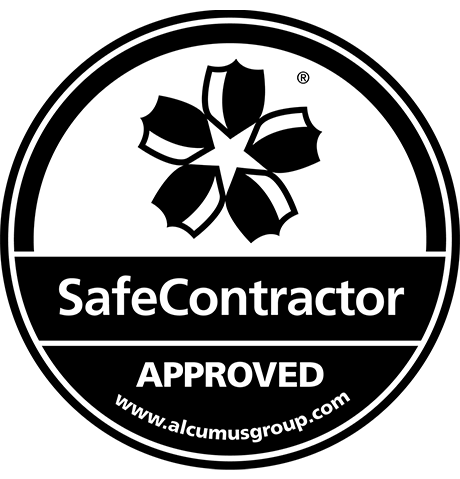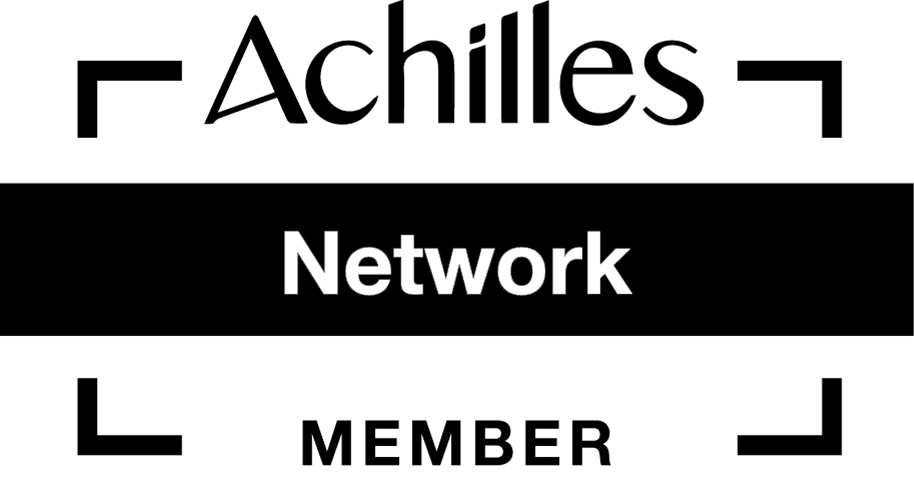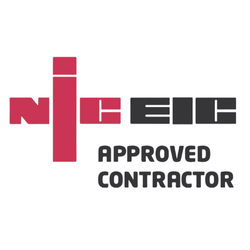Backup generators serve a critical purpose in many organisations, helping to provide a safety net in case the mains power fails. But what happens when the generator itself fails?
Unfortunately, this can happen if proper maintenance and testing isn’t carried out, or if the generator has reached the end of its working life. This is why it’s so important to keep on top of maintenance, to ensure your backup power plan will come to the rescue every time it’s needed.
If the generator does fail, you need to know what steps to take, including how to keep the site and its workers safe.
Why Do Backup Generators Sometimes Fail?
One of the main causes of generator failure is lack of maintenance.
Even the highest-specification systems from industry-leading manufacturers can develop faults if servicing schedules are neglected and regular testing isn’t carried out.
In fact, a study in 2020 found that poorly maintained emergency generators are 50% likely to fail within 48 hours, while well-maintained systems are 20% likely to fail within two weeks.
Common Causes Of Generator Failure
While preventable maintenance issues are among the most common causes of generator failure, there are some others:
- Lack of servicing – even minor measures such as replenishing oil and coolant, and changing filters, can make a difference to the functioning of the generator
- Fuel contamination – if fuel is stored for long periods of time, it is at risk of contamination from water, sediment and microbial growth
- Human error – such as improper testing procedures, poorly kept maintenance records or manual override mistakes
- Environmental factors – such as extreme temperatures or flooding
- Site changes – for example, such as those leading to the accidental blocking of ventilation systems
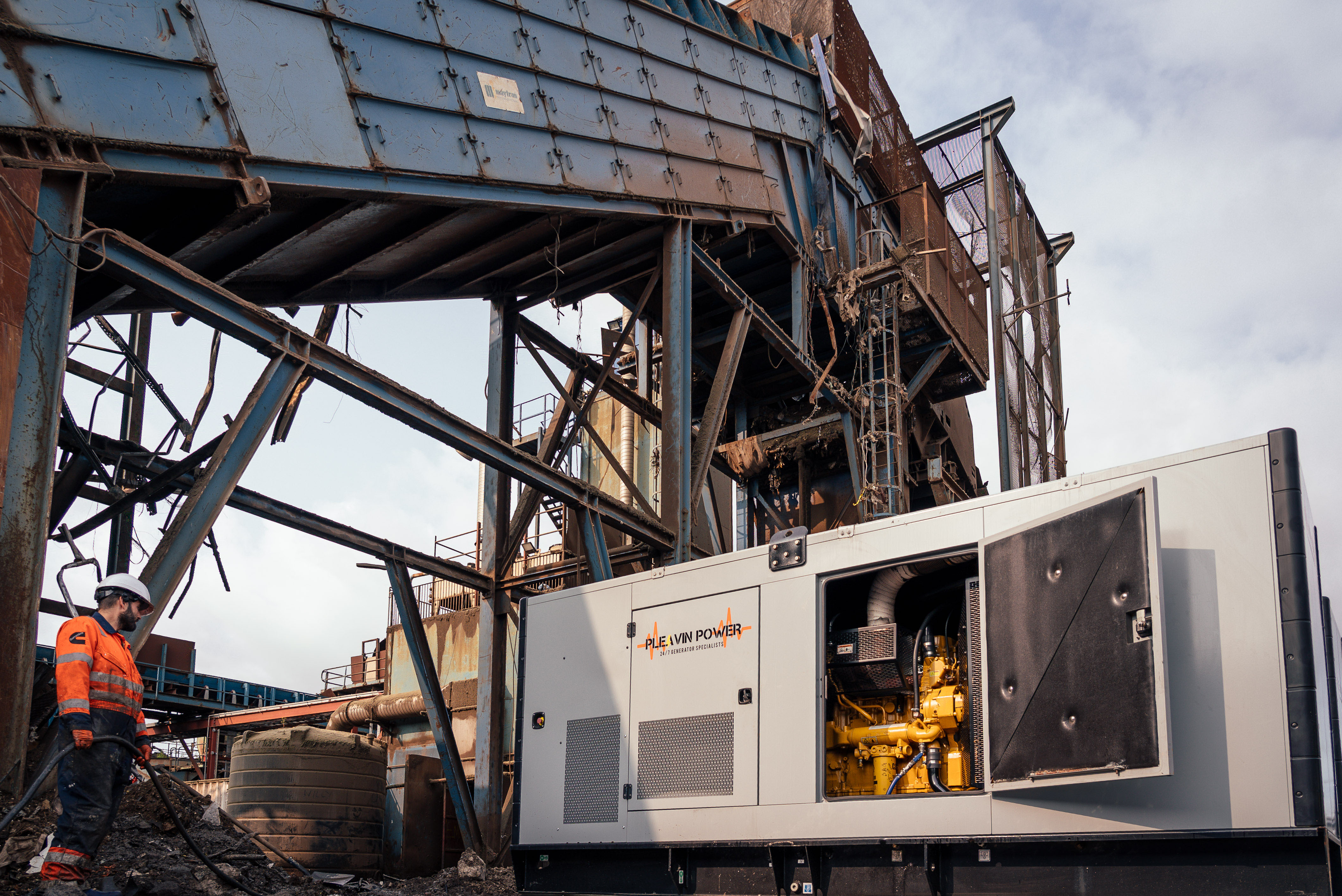
In some cases, a mechanical fault is to blame. This may include dead or weak starter batteries, control panel faults or wiring issues. These are all things that can be identified and fixed with a professional service.
This is why it makes sense to buy or hire your generator from a reputable specialist, who can offer aftercare services to keep your system in full working order.
There’s also the issue of age. Generators are highly durable and built to last, but they will eventually come to the end of their working life.
How Long Do Backup Generators Last?
The lifespan of a backup generator varies considerably by type and manufacturer. However, you can expect a typical high-quality model to last around 10,000 to 30,000 hours, which could be as long as 20 to 30 years.
Portable generators have a much shorter lifespan, usually only lasting around 1,000 to 2,000 hours of use.
If your generator is on the older side, this may not spell the end for its working life. It’s possible to have generators reconditioned or overhauled, which can return your generator to like or nearly new condition.
Signs A Generator Is At Risk Of Breaking Down
A thorough inspection by a generator specialist is the best way to identify any potential faults with your generator.
However, there are also other more obvious signs to look out for, including:
- Difficulty starting or longer start-up times
- Unusual noises, vibrations or smoke
- Fluctuating power output or inconsistent voltage
- Leaks of oil, coolant or fuel
- Alarms or warning lights on the control panel
- Excessive fuel consumption
What To Do If A Backup Generator Does Not Start
If there’s a power cut in your area and your site is affected, you’ll be relying on your emergency generator to kick in. But what if it doesn’t? You’ll need to know what to do, particularly in relation to safety.
The most important thing to remember is that unless you’re professionally trained or have a technician on site, it’s best to avoid trying to fix the problem yourself. The best and safest solution will always be to call in an expert.
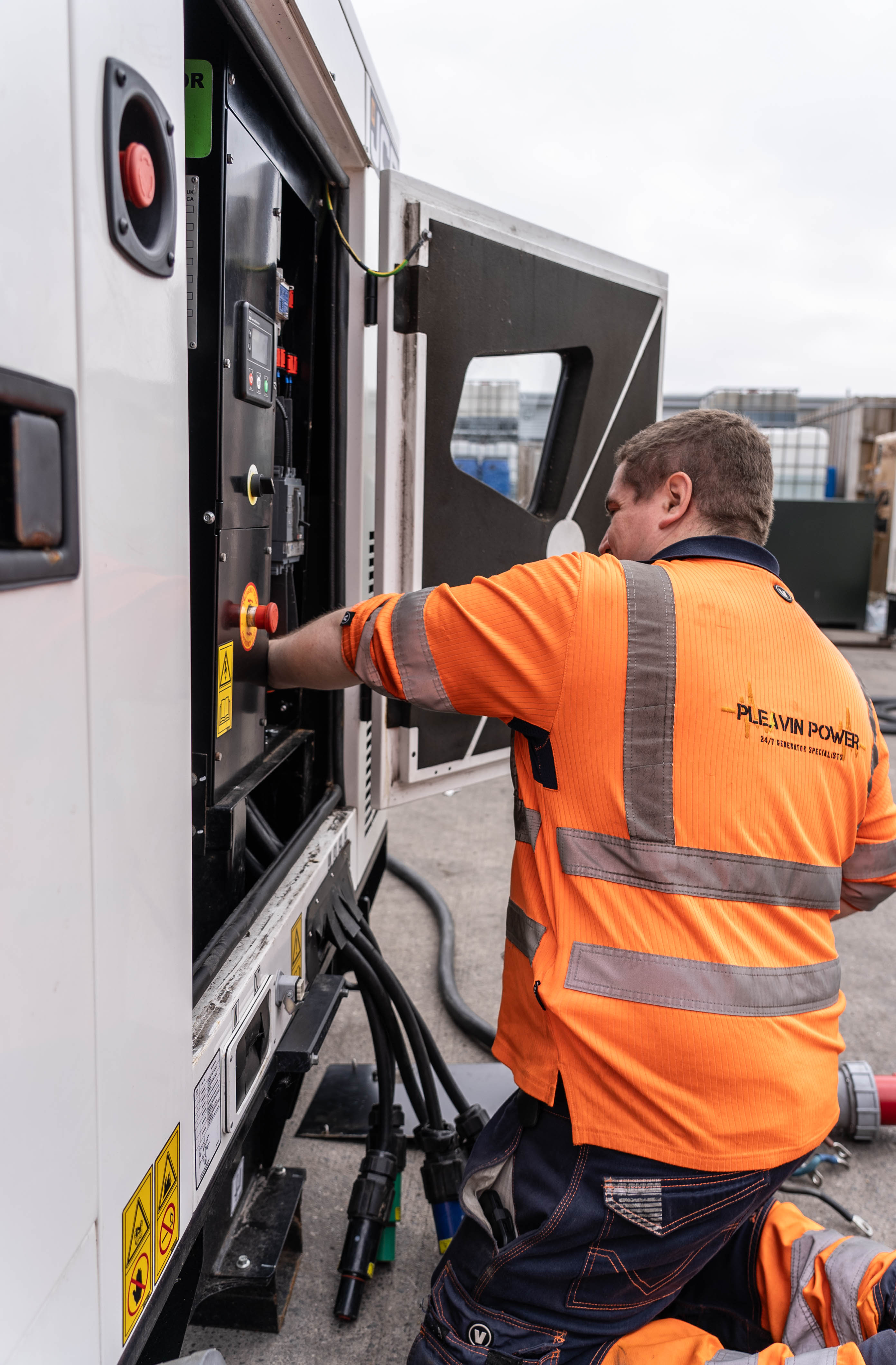
Safety Steps During An Outage
If the power goes out and your generator won’t start, the first thing to do is make sure that all personnel (including both employees and members of the public are safe). Try to stay calm and avoid panicking.
Follow these steps:
- Turn off sensitive equipment to prevent power surges once the power comes back on
- Make sure that the generator still has adequate ventilation, even if not running.
- If there is any sign of smoke, fluid leaks or burning smells coming from or near the generator, call the emergency services immediately.
- Call your generator provider’s emergency response line – many companies provide 24/7 emergency support, and it’s strongly recommended to take advantage of this service if available.
When To Call Professional Generator Support
If you have the training or a suitably qualified technician on site, there are some basic checks you can do on a failed generator.
These include checking whether the generator’s automatic transfer switch (ATS) has tripped. This is the switch that automatically triggers generator startup if a power outage is detected. You can also change the batteries on startup systems and check/top up fuel.
You should only attempt any of these checks and steps if it is safe to do so.
If it isn’t safe, you lack the training or experience, or you’ve carried out these checks and the generator still won’t start, then you need to call in professional generator support.
If you have access to an emergency response service from your generator provider, it may make sense to simply call them out right away. This can minimise disruption, make the site safer and hopefully get the generator back up and running much more quickly.
If the generator can’t be repaired or restarted, the company can offer the hire of an emergency generator until a more permanent solution can be found.

